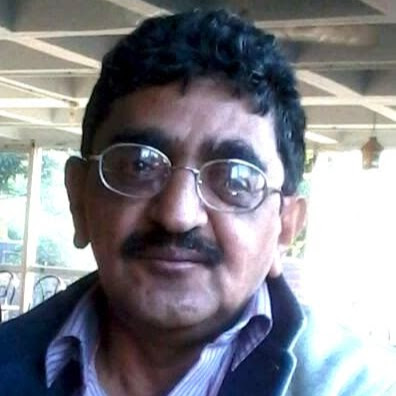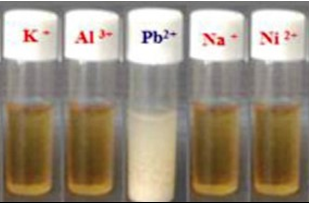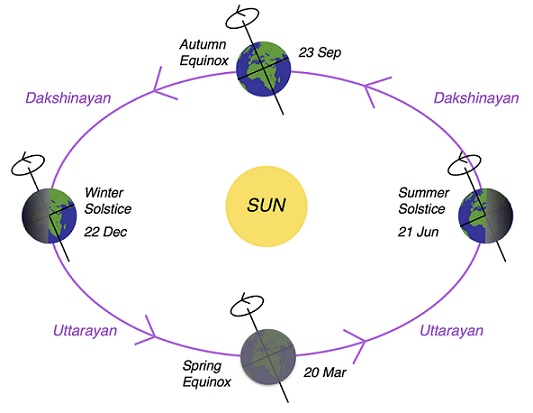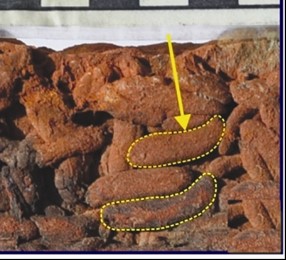A joint team of researchers from India, Japan and Sweden have found a way to make multiphase high entropy alloys (HEAs), which are a recently emerging class of alloys, simultaneously stronger and more ductile.
In a study published in journal, Scientific Reports, the researchers have reported that novel heterogeneous microstructure achieved by a process of cryo-deformation followed by annealing can help overcome the problem of strength-ductility trade-off in multiphase HEAs. The researchers are from Indian Institute of Technology, Hyderabad, Kyoto University, Japan and Chalmers University, Sweden.
Conventionally, alloys are based on one major element to which other alloying elements are added in small quantities to achieve the desired properties. In 2004, Professor J.W. Yeh of National Tsing Hua University, Taiwan proposed that it should be possible to develop a massive number of alloys using five or more components with equiatomic or near-equiatomic concentrations. These novel alloys have come to be known as high entropy alloys (HEAs) due to their large configurational entropy. HEAs, however, suffer from the issue of strength-ductility trade-off as conventional alloys. It means strength can be enhanced only at the cost of ductility.
" Increasing strength of materials is beneficial for reducing the cross-sectional area of engineering components, which should lead to significant weight and material savings with immense economic and environmental benefits."
The new research could help address this issue. Speaking to India Science Wire, Dr. Pinaki Prasad Bhattacharjee of IIT Hyderabad said that both strength and ductility could be enhanced simultaneously by subjecting the alloy to cryo-deformation followed by annealing. This, he said, should help use HEAs for more diverse applications than hitherto thought possible.
“Increasing strength of materials is beneficial for reducing the cross-sectional area of engineering components, which should lead to significant weight and material savings with immense economic and environmental benefits. Such strong yet ductile alloys could be of importance in transportation, space, energy, defence and security areas,” he explained.
Commenting on the work, Prof. B.S.Murty of IIT Madras, who was not part of the study team, said, “though this process of cryo-rolling and annealing has been demonstrated to improve properties of different alloys before, it is for the first time that it has been applied to HEAs”.
Besides Dr. Bhattacharjee, the team included I.S.Wani, T.Bhattacharjee (IIT Hyderabad); N.Tsuji of Kyoto University (Japan), S.Sheikh and S.Guo of Chalmers University of Technology (Sweden), and I. T.Clark, and T.Okawa, of Scienta Omicron Inc. (Japan). (India Science Wire)








